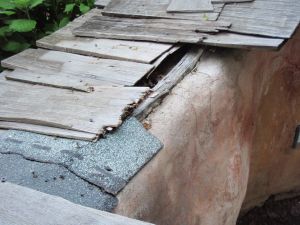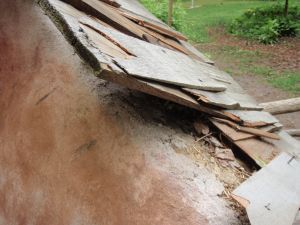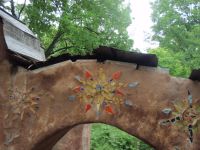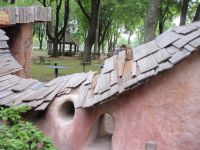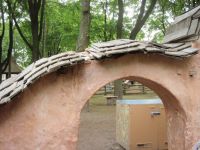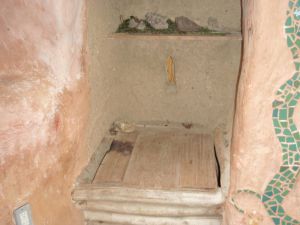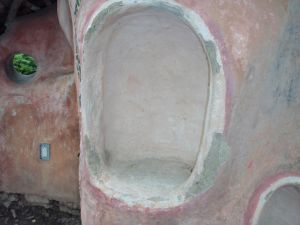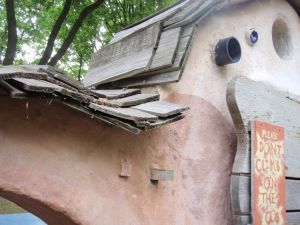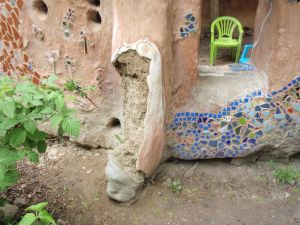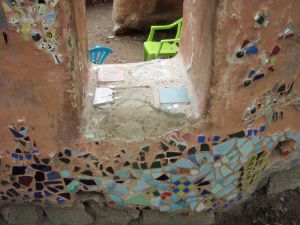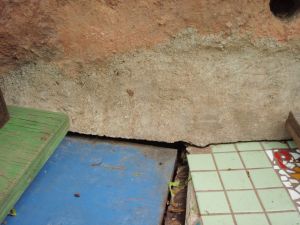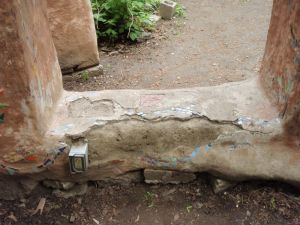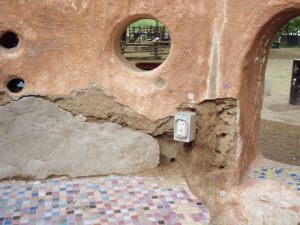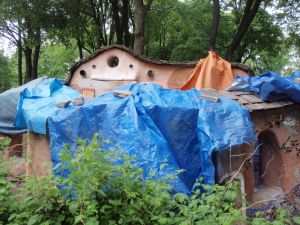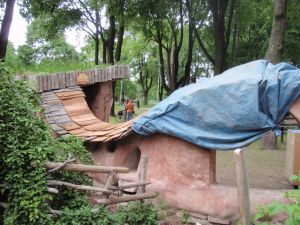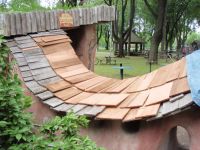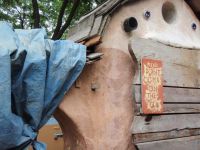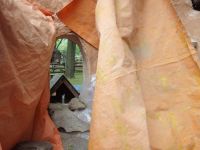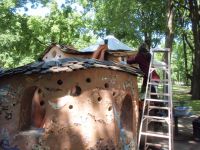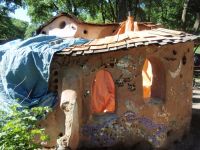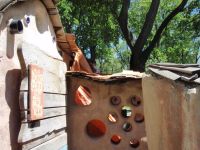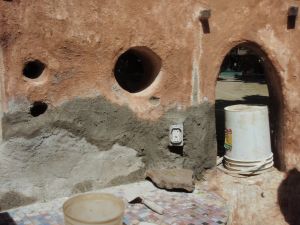Controls: show
 Document
Document
 Comments:
Comments:
[log in] or [register] to leave a comment for this document.
Go to:  all documents
all documents
Options: show
Path:
Looking inside:
 Building Codes
Building Codes
( display item 6)
display item 6)
Contact:
Website:
[home] [about] [help] [policies] [legal disclaimer]
Subsites:
 documents
documents topics
(or
topics
(or  site menu)
site menu)
 blogs
(or
blogs
(or  posts)
posts) library resources
(including
library resources
(including  pictures)
pictures) database (all)
database (all)
Members:
 Building Codes
Building Codes
 return to container details page
return to container details page

 previous display previous display |
next display

|
 Document
Document
 ·6·
Cob Maintenance
·6·
Cob Maintenance
24-May-2013 [9304]
Part of
 Building Codes
Building Codes
All built structures need timely maintenance. Structures in public places like parks need more maintenance because (a) they get so much use and (b) they are more vulnerable to occasional acts of vandalism
The cob cafe is no exception. It was built in the summer of 2005, with Georgie Donais leading over 500 volunteers in creating a much-loved structure using natural materials: clay, sand, straw, and water. City staff helped too, including City plumbers and electricians. The cafe has now been in constant use for eight years. Each year there has been some maintenance, and so this simple outdoor kitchen, which cost the city less than $3000, has been kept in good working order -- UNTIL LAST YEAR, when the maintenance program began to collapse.
On May 20, 2013, park program staff noticed that shingles has been torn off various sections of the cob cafe, exposing the uncovered areas to rain. This created a dilemma -- leaving the cob without its shingle roof for even a day is like leaving a house without a roof. If rain comes in, it will cause damage. But the community recreation programmer ("CRP") who is currently in charge of telling on-site program staff what to do, had already said he didn't want them to do cob repairs themselves. Instead, he would ask the Parks maintenance crew to fix the cob when they had time.
Parks maintenance staff have no experience in repairing cob structures, and they have a long list of other tasks. Half a dozen of the onsite program staff have experience with cob, but they were told they were not allowed to do the work. So frustrating and wasteful!
These kinds of delays in maintenance have gone on long enough that the cob cafe has many spots open to weather damage. Not only replacement shingles were needed, but also patch repairs, and perhaps some reinforcement with wood in high-traffic areas.
On-site program staff went back to the CRP and again asked to be allowed to do repairs. This time the CRP agreed. This is the picture gallery of the repairs as they proceed.
May 27, 2013
 previous display previous display |
next display

|
 home
home
 about
about


